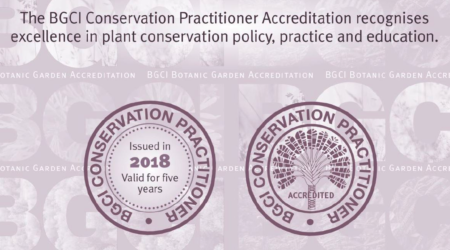From Botanic Gardens Conservation International:
As you may be aware, a conference of the Global Partnership for Plant Conservation will be held in Cape Town, South Africa from 28-30 August. This will be followed by a meeting of the Global Strategy for Plant Conservation Liaison Group, convened by the Secretariat of the Convention on Biological Diversity.
These meetings will bring together plant conservation scientists, policy makers and practitioners from across the world to consider the future of plant conservation, and in particular to develop ideas for a global plant conservation strategy for the post-2020 period.
In preparation for the meeting, a survey, available in English and French, is being carried out to invite views on the nature and content of a Global Strategy for Plant Conservation beyond 2020 and how it might be integrated into the post-2020 global biodiversity framework.
We would be grateful if you could take part in this brief survey, and encourage your partners, colleagues and networks to do the same.
For those interested in attending the GPPC Conference, more information is available here. Please note that the deadline for registration is 27 July and the early bird registration rate ends on 15 July.
